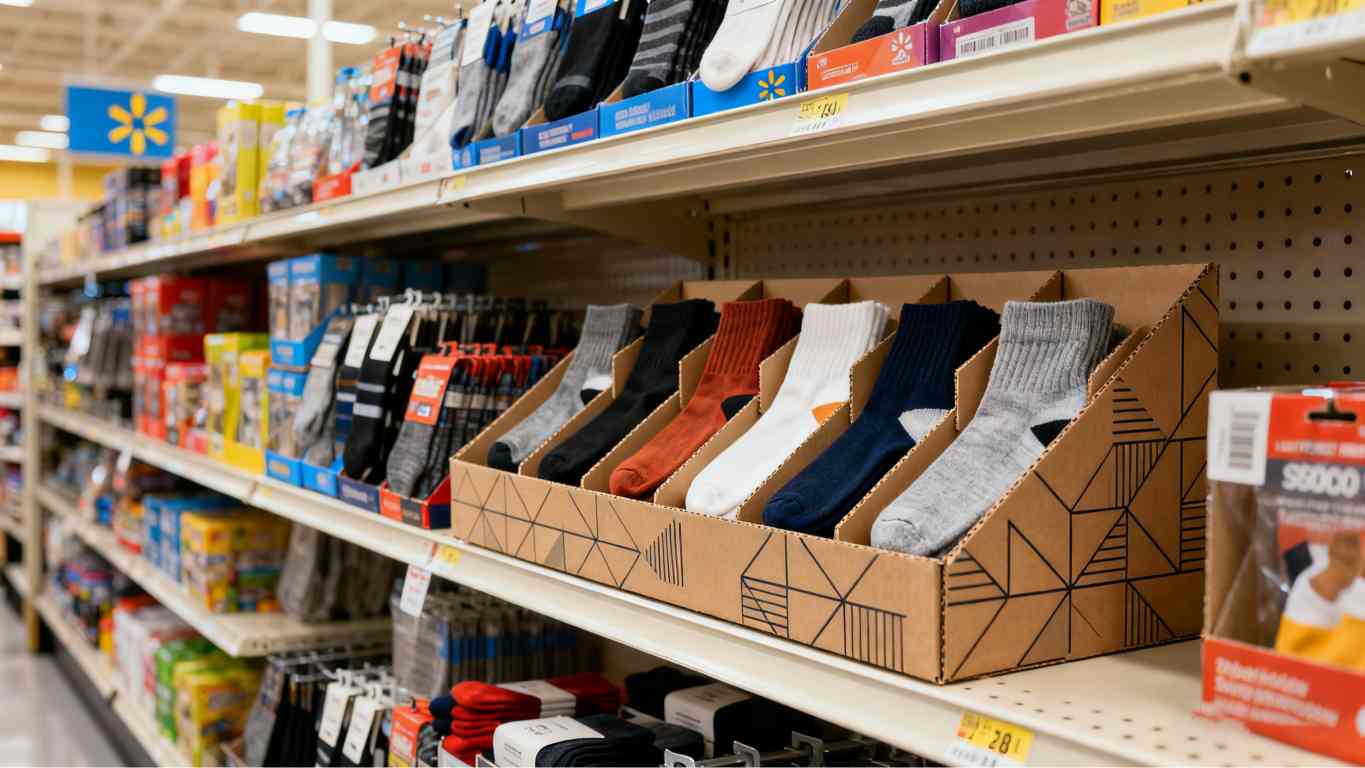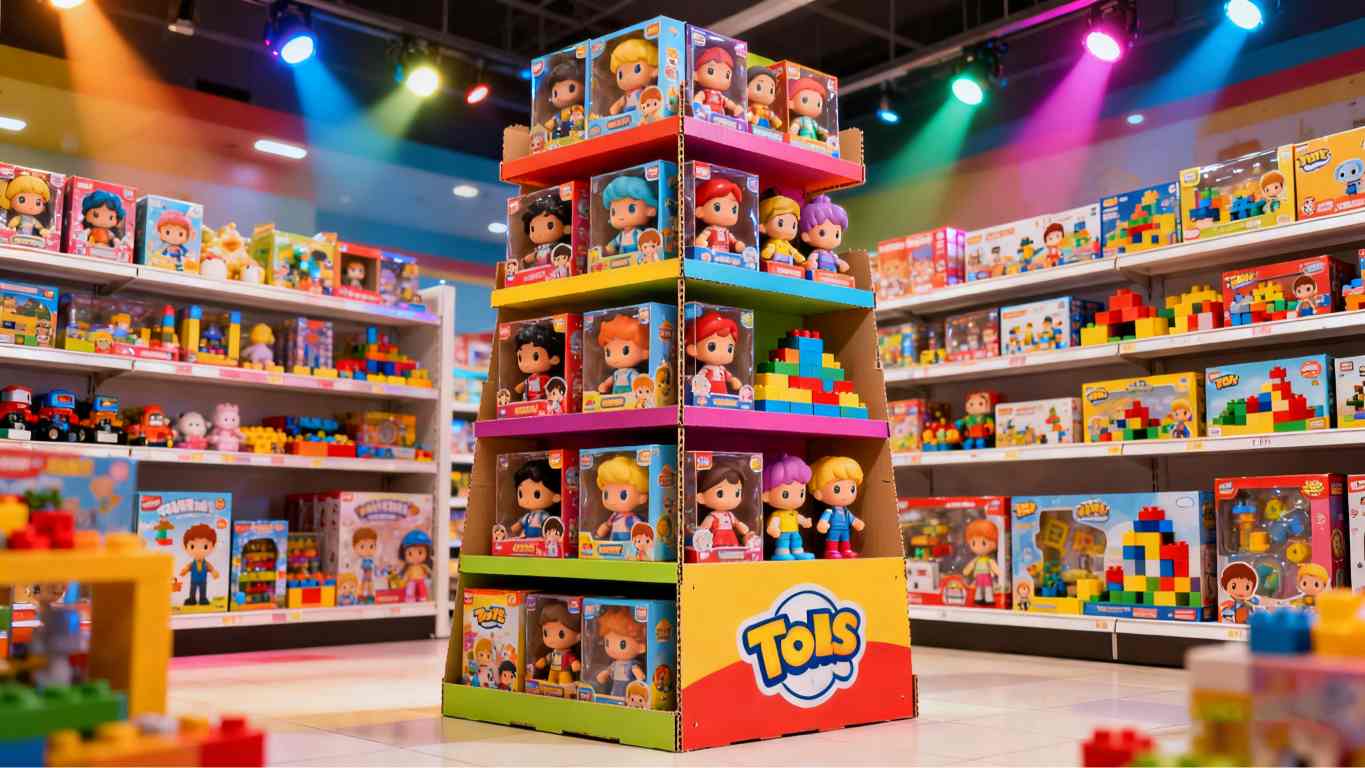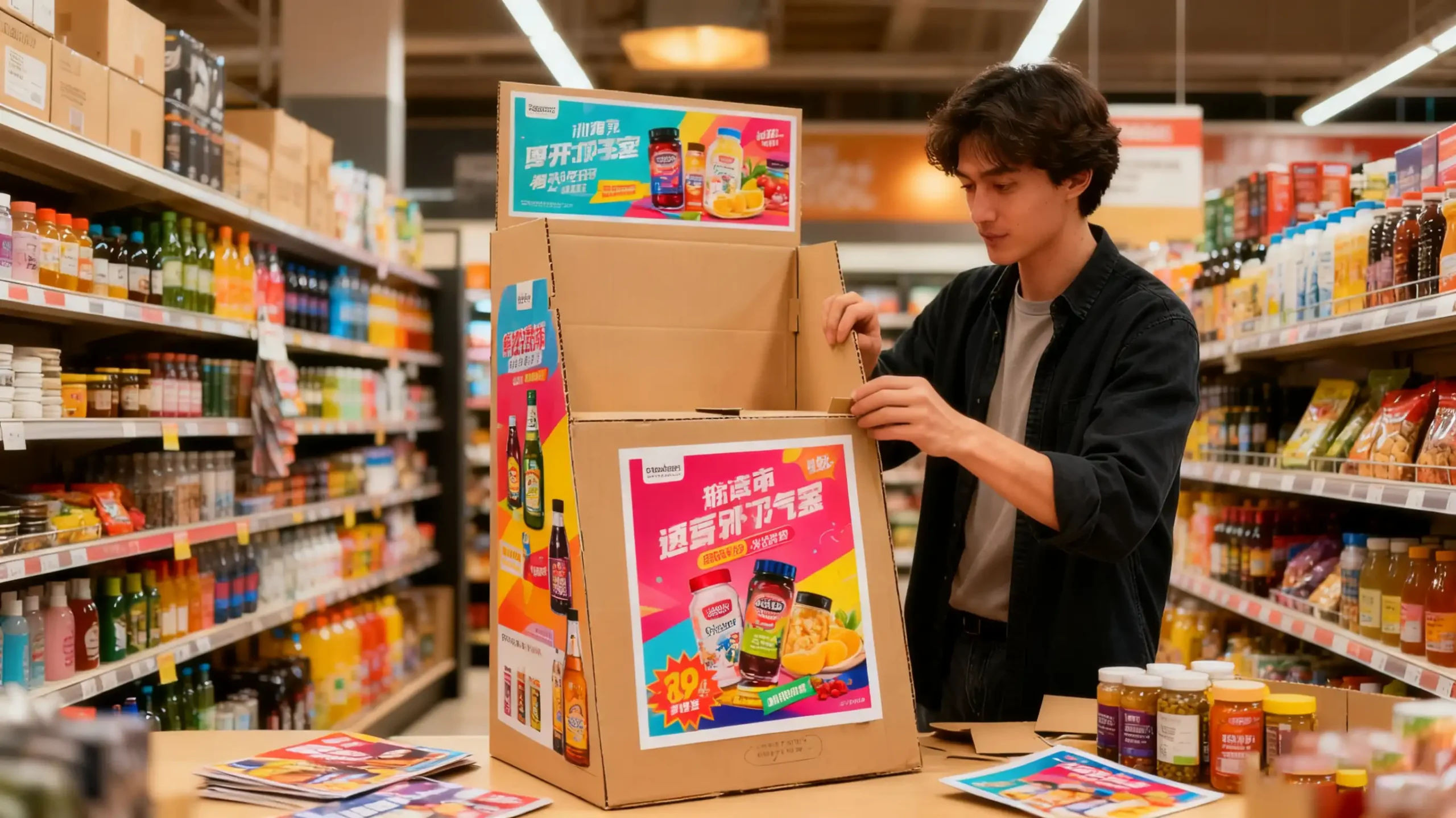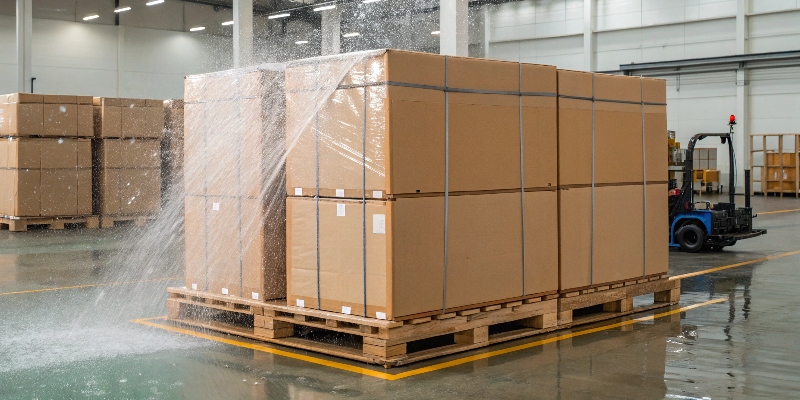Your cardboard displays look fine, but they aren't grabbing attention. Customers walk right past them. You need something new to make your products stand out in a crowded store.
The latest innovations include interactive tech like QR codes and NFC tags, truly sustainable materials, and smart modular designs. These new ideas make displays more engaging for customers, better for the planet, and much more flexible for different retail spaces.
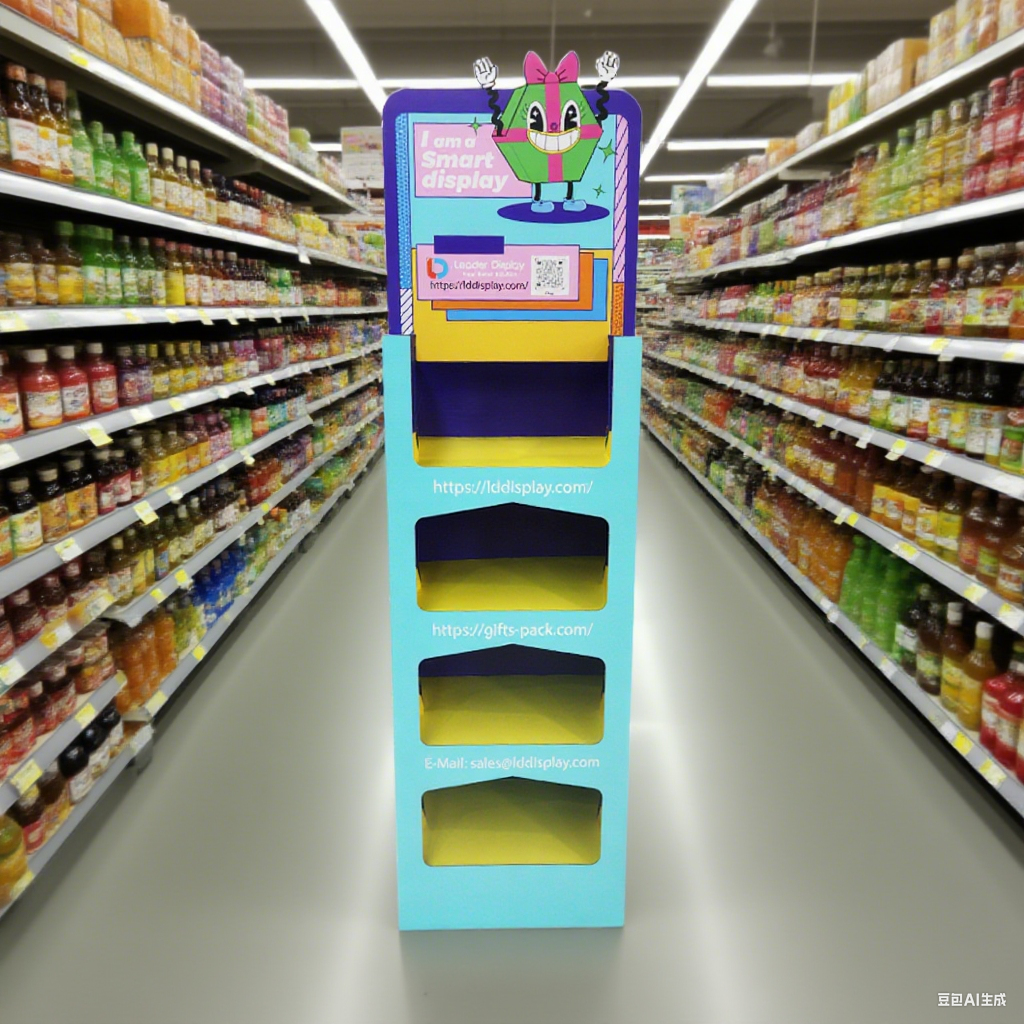
I've been in this industry for 16 years, and I've seen cardboard displays evolve from simple boxes to powerful marketing tools. It's not just about holding products anymore; it's about creating an experience that connects with shoppers. We’re moving beyond the basics into a really exciting space. Let me show you what’s changing and how you can use these new ideas to your advantage. It’s time to see what’s possible with a little bit of cardboard and a lot of creativity.
How can interactive elements make your displays more engaging?
Do your displays feel invisible to shoppers? You want people to stop, look, and engage, but a simple sign isn't cutting it. There has to be a better way to connect.
Interactive elements turn passive lookers into active shoppers. Adding QR codes for special offers, NFC tags for instant product videos, or simple augmented reality (AR) can greatly boost customer engagement and drive sales directly from the display.
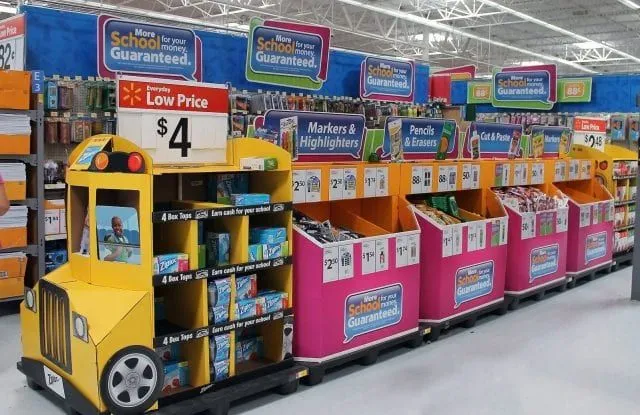
Adding a bit of tech to a cardboard display can completely change how customers interact with your product. My designer, Peter, and I recently worked on a project where we embedded a simple QR code into a display for a new kitchen gadget. When scanned, it linked to a short video showing how to use the product. The client reported a 20% sales lift in stores with the new display. It’s not about complex technology; it’s about giving customers easy access to helpful information right when they need it. The goal is to bridge the gap between the physical product and the rich digital content you have online. This simple connection can make all the difference in a customer's decision to buy.
Comparing Interactive Technologies
Each technology offers a unique way to engage with customers. Here's a quick breakdown:
| Technology | How It Works | Best For |
|---|---|---|
| QR Codes | A customer scans a printed code with their phone's camera. | Linking to websites, videos, or social media pages. Great for discounts and promotions. |
| NFC Tags | A customer taps their phone near a small embedded chip. | Quick, seamless interactions like launching a product page or app without needing a camera. |
| Augmented Reality (AR) | A customer uses their phone to view the display, and digital content overlays the real world. | Creating immersive experiences, like "trying on" a product or seeing it in 3D. |
Are sustainable materials the future of cardboard displays?
You worry about your brand's impact on the environment. Standard cardboard is good, but you know you could do better. Customers are demanding greener options, and you want to deliver.
Yes, sustainable materials are absolutely the future. Brands are now using FSC-certified paper, honeycomb board, and even plant-based inks. These choices reduce waste, appeal to eco-conscious shoppers, and strengthen your brand's reputation.
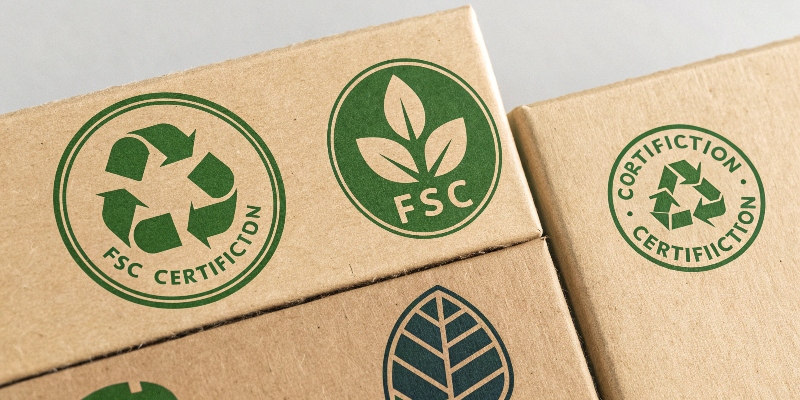
Sustainability is no longer just a buzzword; it's a core business requirement. Consumers want to support brands that care about the planet. I recently helped a client switch from standard board to a lightweight, 100% recycled honeycomb board with soy-based inks. It was a bit of an investment upfront, but it paid off big time. They made their commitment to sustainability a key part of their marketing campaign. Customers loved it, and the client felt good about their choice. These materials are not only eco-friendly but also surprisingly strong and versatile. Peter finds that materials like honeycomb board can be engineered to hold significant weight while using less raw material, which also reduces shipping costs. It’s a win for your brand, your customers, and the environment.
Exploring Eco-Friendly Options
There are many amazing sustainable materials available for displays today.
| Material | Key Benefit | Common Use Case |
|---|---|---|
| FSC-Certified Board | Guarantees responsible forest management. | Standard for brands wanting to show a commitment to sustainable sourcing. |
| Recycled Cardboard | Reduces landfill waste and conserves resources. | A cost-effective and popular choice for almost any display type. |
| Honeycomb Board | Very strong yet lightweight, made from recycled paper. | Heavy-duty displays for items like beverage cases or electronics. |
| Soy-Based Inks | Low in volatile organic compounds (VOCs). | Provides vibrant colors without the harsh chemicals of traditional inks. |
Why are modular designs a game-changer for retailers?
Are you tired of displays that only fit one specific product or one store layout? Promotions change and seasons pass, but your displays stay the same. This lack of flexibility is holding you back.
Modular designs are a game-changer because they are incredibly adaptable. Retailers can easily change, expand, or shrink a display to fit new products, different store spaces, or seasonal promotions. This saves money and makes the most of your floor space.
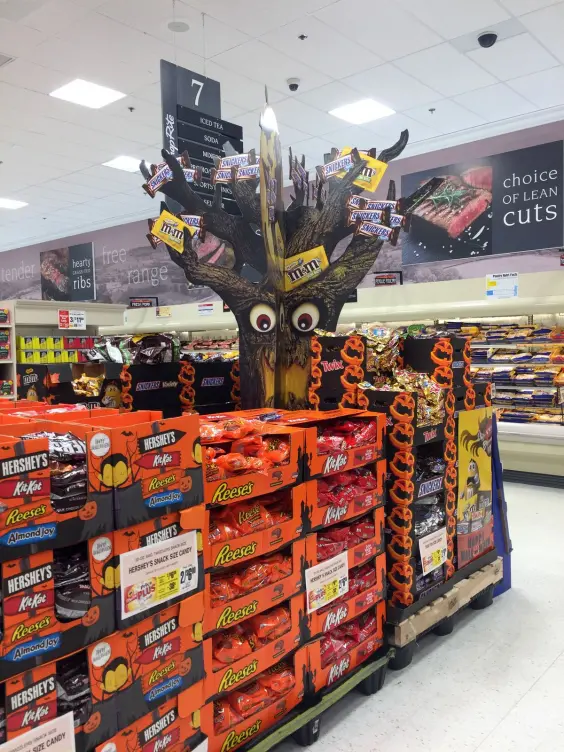
The one-size-fits-all approach is dead. Retail environments are dynamic, and your displays need to be too. Peter and I designed a modular system for a cosmetics brand last year. It consisted of a base unit, stackable trays, and swappable header cards. The brand used the full setup for their big holiday launch. Then, for a smaller spring promotion, they used only the base unit with a new header. They loved that they didn't have to buy a whole new display. This flexibility not only saved them a huge amount of money but also ensured brand consistency across different campaigns and store sizes. It empowers retailers to be more creative and responsive, changing their merchandising on the fly without needing a complete overhaul. This is the smart way to approach in-store marketing today.
Benefits of a Modular Approach
A modular design philosophy brings several key advantages to the table.
- Cost-Effectiveness: Instead of buying new displays for every campaign, you can reuse the core components. This significantly lowers your long-term costs.
- Flexibility: Easily adapt the display to fit a small corner in one store and a large central aisle in another. You can also adjust it for different product sizes.
- Sustainability: Reusing display parts reduces waste and the need for new materials, which is a great story to tell your customers.
- Speed to Market: It's much faster to produce and ship a few new parts, like a header card or a shelf insert, than an entire new display unit.
Conclusion
In short, the future of cardboard displays is interactive, sustainable, and modular. Adopting these innovations is essential for any brand that wants to capture attention and thrive in the modern retail landscape.



